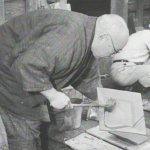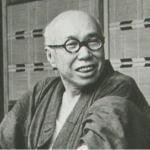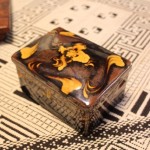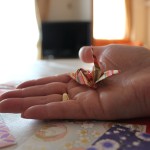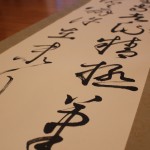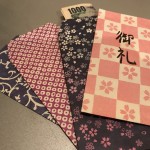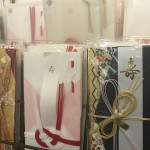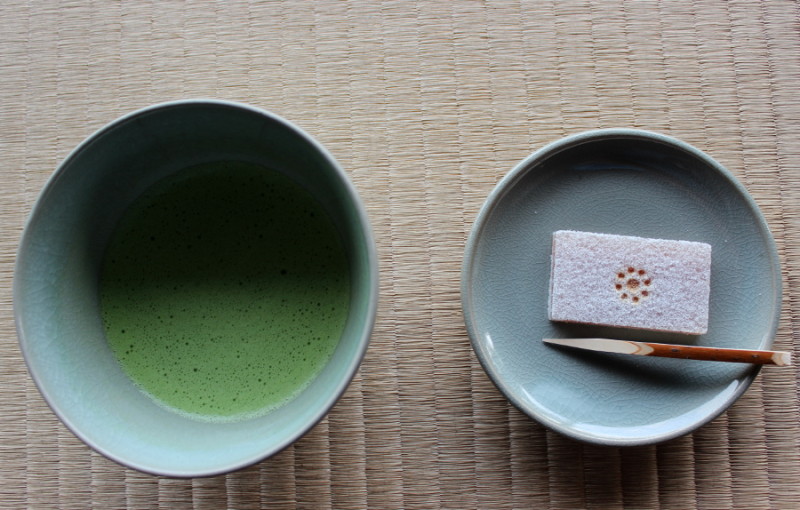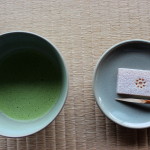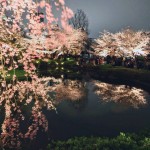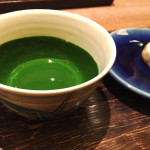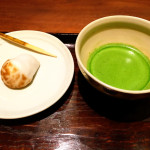Shoji Hamada studied in London and worried about his family and returned to Japan in 1924, after a big earthquake hit Kanto region including Tokyo in the previous year. He loved country life in England and learned a lot from it, which finally made him decide to settle down in Mashiko, a small pottery town 100 km northeast of Tokyo, after spending several winters
Read More
